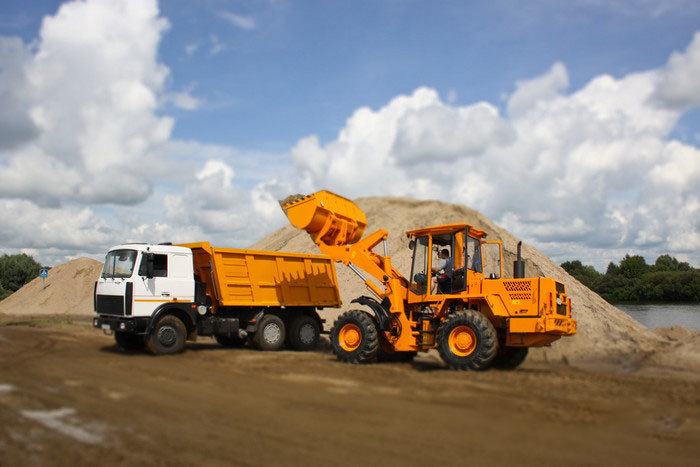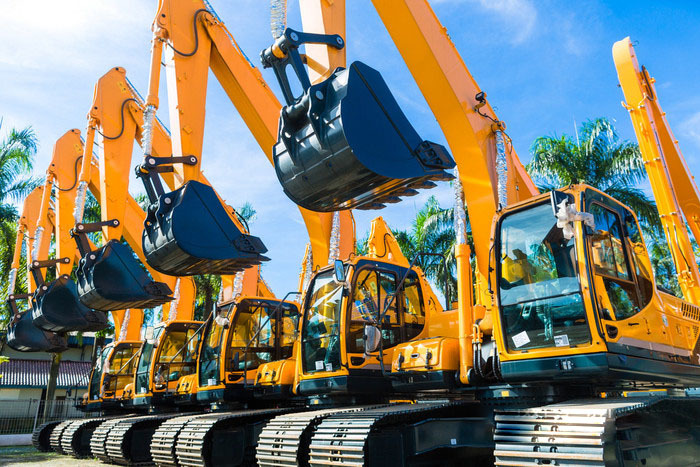The first sea-crossing bridge in Zhangzhou, Fujian officially opened to traffic
Release Time:
Oct 23,2018
On May 1, after three years of construction, Zhangjiang Bay Bridge, the first sea-crossing bridge in Zhangzhou City, Fujian Province, was officially opened to traffic. The Zhangjiang Bay Bridge and its connecting line project is the main skeleton of Fujian Province’s general national and provincial trunk highway network, an important part of Provincial Highway 508, and a controlling project for the Zhangzhou coastal passage.

On May 1, after three years of construction, Zhangjiang Bay Bridge, the first sea-crossing bridge in Zhangzhou City, Fujian Province, was officially opened to traffic. The Zhangjiang Bay Bridge and its connecting line project is the main skeleton of Fujian Province’s general national and provincial trunk highway network, an important part of Provincial Highway 508, and a controlling project for the Zhangzhou coastal passage.
After the completion of the 3554-meter-long Zhangjiang Bay Bridge, it runs through the large coastal passages of Zhangpu and Yunxiao sections of Zhangzhou City, and improves the connection and mass transportation conditions of Zhangzhou Port, Gulei Port and Dongshan Port along the route. It is of great significance to connect the main highway network of the country and province, improve the comprehensive transportation efficiency, integrate tourism resources, give play to the benefits of scale, and accelerate the development of the regional economy. Zhangjiang Bay is located at the mouth of the sea, with thick silt layer and many large rocks buried underground. This geomorphic environment is particularly difficult for the main support of the bridge-the pile foundation. Coupled with the rapid currents and high wind and waves in Zhangjiang Bay, the number of days with winds greater than 6 levels per year is as high as 161 days. Under these conditions, even the construction of steel trestle bridges is a huge problem.
In response to these circumstances, the bridge project department boldly adopted the "fishing method" cantilever construction technology. During the construction, it was like a fishing rod, pushing the equipment layer by layer into the river to ensure the construction time. After the completion of the steel trestle, the project department adopts the overall assembly construction technology of the steel trestle flat-coupled diagonal brace. Through factory processing, the overall installation is carried out in the early stage, and then transported to the site for assembly, which not only saves construction costs, but also speeds up the construction progress.
Keywords:
More information






